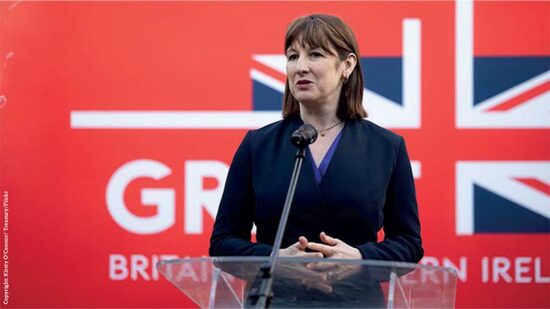This letter is written in exactly the same way as the 6,500 letters sent to this target group of individuals last September, according to John Cassidy, tax investigations partner at Crowe Clark Whitehill.
He said a number of his clients had received this letter over the last week, some of whom had already signed the LDF agreement and therefore did not need to be notified by HMRC in this way.
While he accepted that “HMRC don’t have the resources to through every single Joe Bloggs to look at his tax return and see if there is any Swiss income” a simple check to see if they had gone down the LDF route should have been done.
Cassidy also called for the LDF to be rebased to 2004 from its original start date in 1999 because, outside of this disclosure facility, the HMRC can already look back over 20 years if someone has untaxed assets. So the review period is getting longer all the time and acting as a disincentive to making a disclosure.
A spokesman for HMRC confirmed that the letters in question were sent out “as part of an agreement between the UK and Switzerland, which came into force on 1 January 2013. HMRC is engaging with all UK taxpayers who have agreed to details of their investments and accounts in Switzerland being shared with the UK by the Swiss tax authorities, under this agreement.”
The spokesman added that the agreement is forecast by HMRC to raise £1.6bn by 2018/19.
The LDF was conceived in 2009 by HM Revenue & Customs, in cooperation with Liechtenstein's government, to encourage UK taxpayers with undisclosed offshore accounts to formally declare them, in exchange for a relatively less severe penalty than if they came forward in the UK or if they were found out by HMRC.
The scheme was formally launched in 2010, although it was changed along the way. For example, there were several changes to the amount of their offshore assets that those UK taxpayers making a Liechtenstein disclosure were required to deposit in a Liechtenstein institution. The current amount is at least a fifth of their assets, or CHF3m (£2m, $3.4m, €2.4m).
Individuals who opt for an LDF disclosure are able to settle their outstanding liability with HMRC while avoiding a criminal investigation. In most circumstances, they are able to do this on highly favourable terms, compared to other modes of disclosure.
To read about other LDF revenue estimates by those outside the UK Government, click here.








